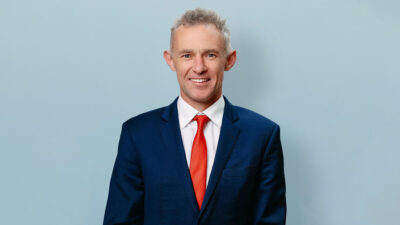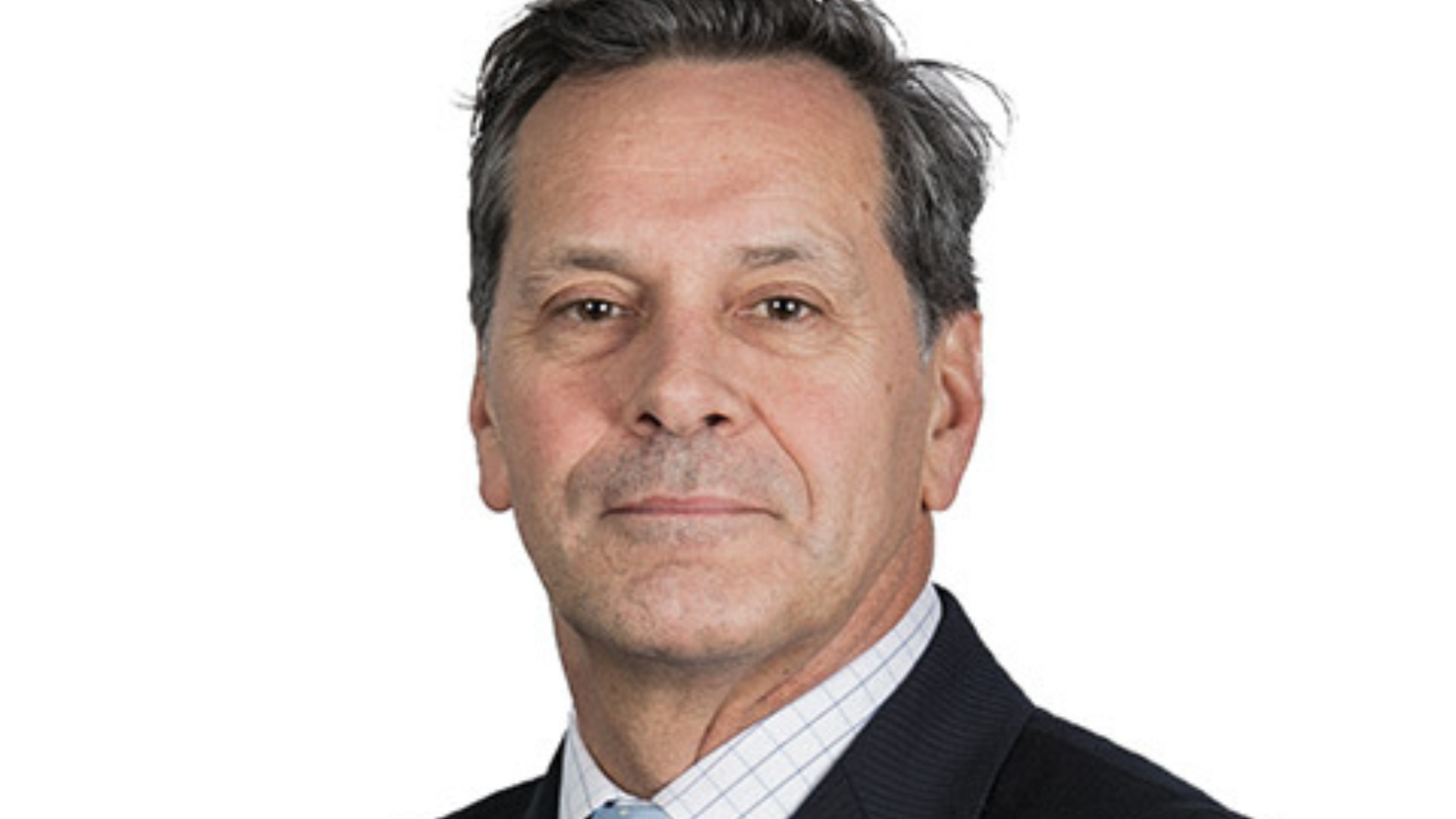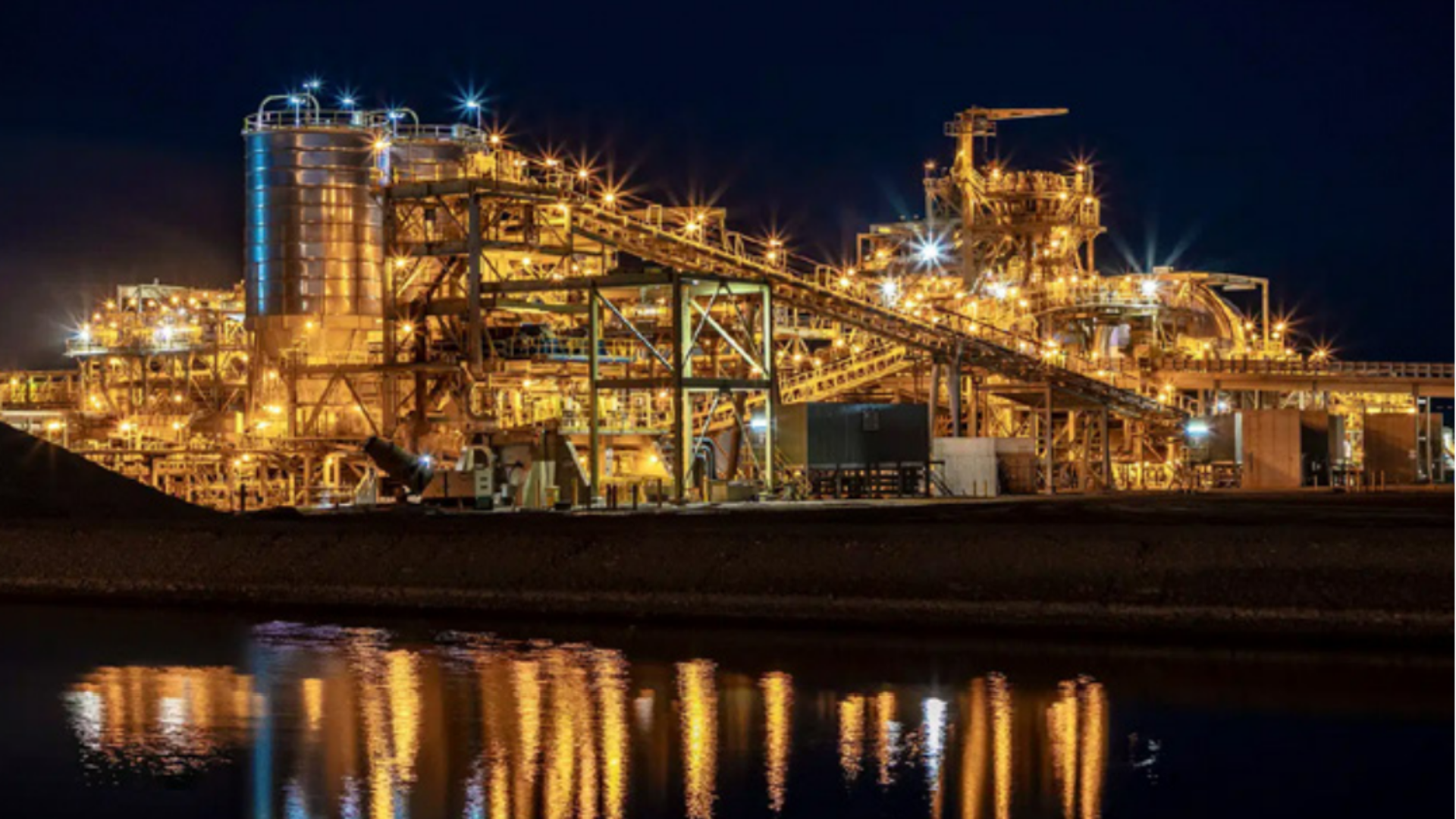The $78 billion super fund has filled out its impact portfolio with a new listed equities mandate as it aims to have one per cent of FUM allocated to impact opportunities by 2026.
Tailwinds from the United States Inflation Reduction Act underpin the $170 billion super fund’s latest co-investment in Galway Sustainable Capital, and the move will also take the fund’s private equity portfolio into financial services and further offshore.
Big super’s in-sourcing of investment management means contending with new and hidden costs,
but funds are also fretting the unintended consequences of a laser focus on fees.
Australian Retirement Trust has seen the cycle of in- and out-sourcing around the world and doesn’t want to be part of the same ‘pattern’. But even very large super funds have to think hard about their service providers, with counterparty risk emerging around similarly large managers.
YFYS is driving an uplift of the $31 billion Brighter Super’s investment strategy, while wider super fund performance is narrowing even as competition for new and switching members heats up with the end of default distribution.
Another former NAS client has found a new home, with Citi Securities Services bringing fund manager Ausbil on board following a “rigorous tender and due diligence process”.
The $124 billion super fund is pretty proud of its direct property portfolio, which now includes 66 acres of prime development land once used to manufacture dynamite. But it doesn’t want to take on the risks that come with heading overseas.
New ASFA head Mary Delahunty says the association will collaborate with other industry bodies and leverage its large operational knowledge base to create more value for the mix of retail and industry funds and service providers that make up its membership. But how many voices does super need?
Australia’s largest super fund thinks its three million members will be better off with a single “account for life” and will soon bring a longevity risk solution to market to help them conquer fear of running out.
The $170 billion super fund wants to be a lot bigger, and its teams are trying to get ahead of infrastructural demands from within the fund to win back basis points that can be returned to members.















